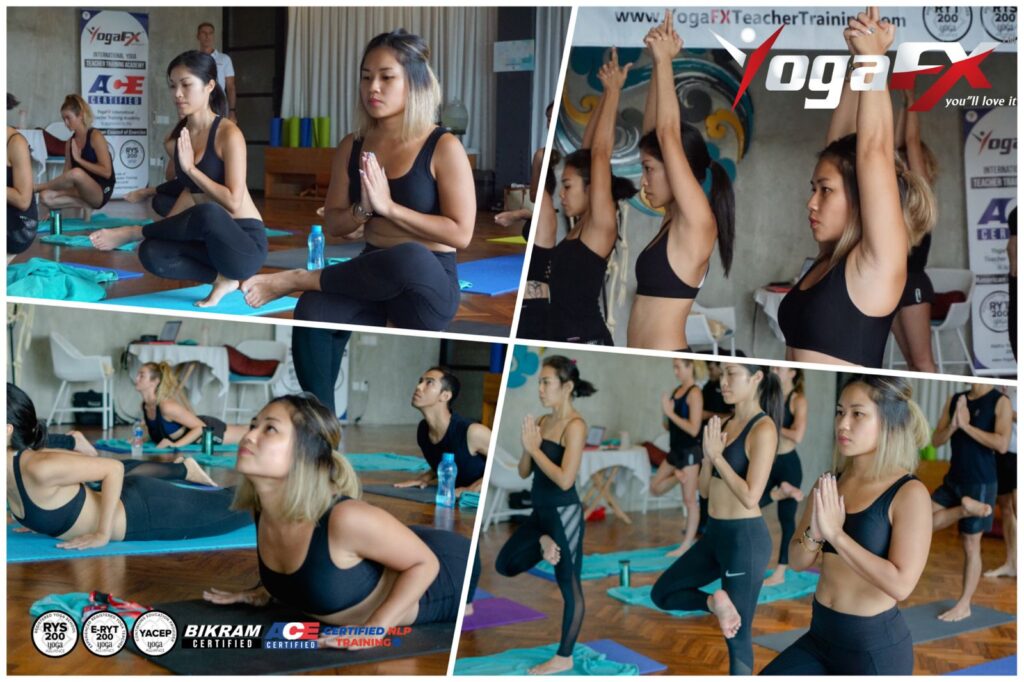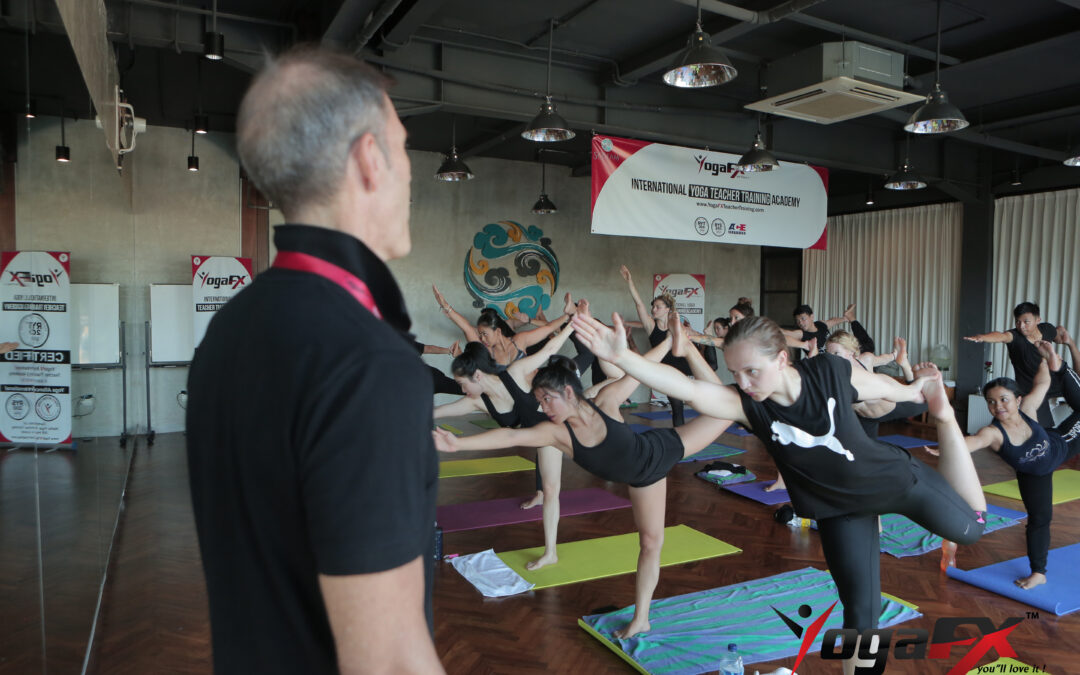Yoga instructors play a crucial role in guiding and empowering individuals on their path to wellness, self-discovery, and inner transformation. From leading classes to providing guidance on proper alignment and mindfulness, yoga instructors bear the responsibility of creating a safe and enriching environment for their students. In this article, we will explore the diverse range of yoga instructor responsibilities and the profound impact these responsibilities have on the lives of both instructors and their students. Join us as we delve into the multifaceted role of a yoga instructor and discover how their guidance can inspire individuals to embark on a journey of physical and spiritual well-being.

Creating a Safe and Welcoming Environment
One of the primary responsibilities of a yoga instructor is to create a safe and welcoming environment for students to explore their practice. This begins with setting the tone at the beginning of each class, greeting students with warmth and openness. By acknowledging each student individually and inviting them to connect with their breath and intention, instructors establish a sense of trust and belonging from the start.
During the class, instructors continuously monitor the energy in the room, ensuring that everyone feels comfortable and supported. They pay attention to the needs of each student, offering modifications and variations to accommodate different levels of experience and physical abilities. Instructors also encourage open communication, inviting students to ask questions or share any concerns they may have.
“EXIST” With No Life Expectations
Guiding Students in Proper Alignment and Technique
Proper alignment is vital in yoga to ensure the safety and effectiveness of each asana. As yoga instructors, it is our responsibility to guide students in proper alignment and technique, minimizing the risk of injury and maximizing the benefits of each posture. Through clear and concise verbal cues, instructors provide detailed instructions on how to align the body, engage the muscles, and find stability in each pose.
In addition to verbal cues, instructors also utilize hands-on adjustments to help students deepen their understanding of proper alignment. With gentle and respectful touch, instructors guide students into the correct alignment, offering support and encouragement along the way. These adjustments help students develop body awareness and cultivate a deeper connection with their practice.

Creating Engaging and Well-Structured Classes
Crafting engaging and well-structured classes is another crucial responsibility of a yoga instructor. It involves carefully designing a sequence of asanas that flow seamlessly from one to another, creating a harmonious and balanced experience for students. Instructors consider the physical and energetic effects of each posture, ensuring that the class provides a well-rounded practice.
Instructors also incorporate pranayama techniques, such as breath control exercises, to deepen the students’ connection with their breath and enhance their overall experience. By integrating moments of stillness and relaxation, instructors create space for students to absorb the benefits of their practice and cultivate a sense of inner peace.
Cultivating a Supportive and Nurturing Environment
Beyond the physical aspects of yoga, instructors are responsible for creating a supportive and nurturing environment for their students. They understand that yoga is not just a physical practice but a holistic journey that encompasses the mind, body, and spirit. Instructors offer emotional support and encouragement, fostering a sense of trust and safety within the class.
Instructors strive to create a space where students feel empowered to explore their practice, make mistakes, and grow without judgment. They celebrate the unique strengths and progress of each student, encouraging them to embrace self-compassion and self-acceptance. By fostering a sense of community, instructors create opportunities for students to connect with one another, forming a support system that extends beyond the yoga mat.
Continuing Education and Personal Growth
To effectively guide their students, yoga instructors must commit to lifelong learning and personal growth. They stay updated with the latest research, trends, and teaching methodologies by pursuing continuing education opportunities. This may include attending workshops, conferences, and specialized training programs to deepen their knowledge and expand their skill set.
Instructors also engage in personal practice, exploring different styles of yoga, and seeking inspiration from experienced teachers. By dedicating time to their own growth, instructors bring fresh insights, creativity, and passion to their classes, inspiring their students to embark on their own transformative journeys.
Embodying Yogic Principles and Ethical Conduct
As representatives of the yoga community, instructors bear the responsibility of embodying yogic principles both on and off the mat. They strive to lead by example, living a yogic lifestyle that reflects the teachings of compassion, mindfulness, and self-awareness. Instructors demonstrate ethical conduct and professionalism in all their interactions with students and colleagues.
They maintain clear boundaries, respecting the individuality and privacy of their students. Instructors uphold the principles of honesty, integrity, and non-judgment, creating a safe space for students to explore their practice without fear of criticism or comparison. By embodying these principles, instructors inspire their students to integrate yoga into their daily lives. Then fostering a harmonious connection between their practice on the mat and their actions in the world.

Conclusion
Yoga instructors hold a profound responsibility in guiding, inspiring, and nurturing their students’ yoga journeys. If you are passionate about becoming a yoga instructor, consider pursuing the online Bikram yoga teacher training offered by YogaFX. Led by Mr. Ian YogaFX, a highly skilled and Yoga Alliance certified instructor, these comprehensive programs provide the knowledge. Then expertise necessary to become a confident and capable Bikram Hot YogaFX teacher. Embrace the responsibility of guiding others on their path to wellness. Then consider the transformative power of yoga as a rewarding career choice. Embody the essence of yoga and inspire others to embark on a journey of physical, mental, and spiritual well-being.

